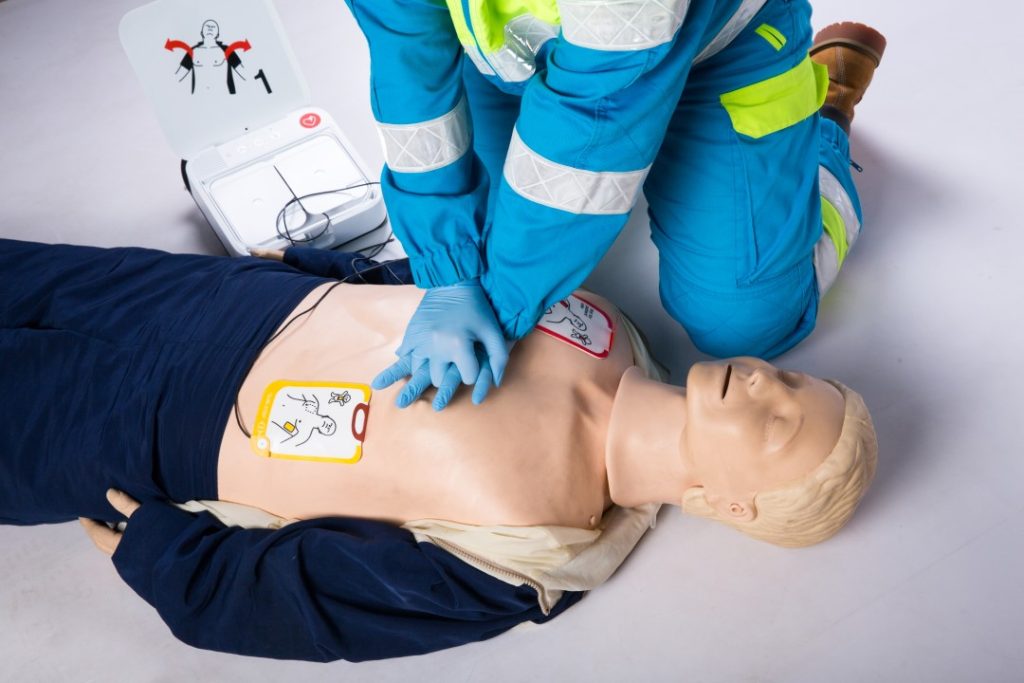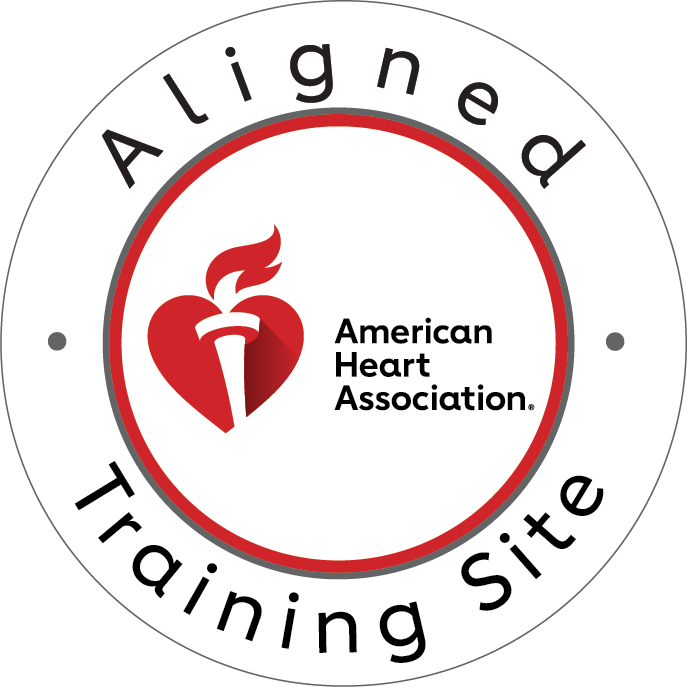Cardiopulmonary resuscitation (CPR) has undergone significant changes throughout its history, with one of the most important modifications occurring in 2005 when the compression-to-ventilation ratio changed from 15:2 to 30:2. This critical shift in emergency response protocols has saved countless lives and continues to be the gold standard for CPR today.
Understanding the Historic CPR Ratio Change from 15:2 to 30:2
The transformation from 15:2 to 30:2 compression ratios represents a pivotal moment in emergency medicine. Before 2005, CPR guidelines recommended 15 chest compressions followed by 2 rescue breaths. However, extensive research and clinical studies revealed that this approach wasn’t maximizing the potential for successful resuscitation.
The American Heart Association implemented this change in their 2005 Guidelines for Cardiopulmonary Resuscitation and Emergency Cardiovascular Care. The shift from 15:2 to 30:2 was based on compelling evidence that showed increased chest compressions could significantly improve blood circulation and overall survival rates during cardiac arrest situations.
The Science Behind the 15:2 to 30:2 Transition
Medical researchers discovered that interrupting chest compressions too frequently for rescue breaths was counterproductive. When CPR followed the old 15:2 ratio, rescuers spent too much time providing ventilations and not enough time maintaining critical blood circulation. The new 30:2 ratio ensures that chest compressions receive priority while still providing necessary oxygen to the patient.
Studies demonstrated that continuous chest compressions were more effective at maintaining blood flow to vital organs, particularly the brain and heart. The change from 15:2 to 30:2 reduces what medical professionals call “no flow time” – the periods when blood isn’t circulating due to interrupted compressions.
Adult CPR: Is the Correct Compression to Ventilation Ratio 15:2?
Many people still wonder whether the correct compression-to-ventilation ratio for adults is 15:2. The answer is definitively no. Since 2005, the standard adult CPR ratio has been 30:2, not 15:2. This means that for every 30 chest compressions, you should provide 2 rescue breaths.
The 30:2 ratio applies to all single-rescuer adult CPR situations. Whether you’re a healthcare provider or a layperson, when performing CPR on an adult, you should follow the 30:2 compression-to-ventilation ratio. This standard has remained consistent through multiple guideline updates, including the most recent American Heart Association guidelines.
For adults, the 30:2 ratio ensures optimal blood circulation while providing adequate ventilation. The increased number of compressions compared to the old 15:2 ratio means more blood reaches the brain and other vital organs during the critical moments of cardiac arrest.
Child CPR: Do You Do 15 or 30 Chest Compressions?
When it comes to pediatric CPR, the answer depends on the number of rescuers present. For single-rescuer child CPR, you should perform 30 chest compressions followed by 2 rescue breaths, just like adult CPR. However, when two rescuers are present, the ratio changes to 15:2.
This distinction is important because children have different physiological needs compared to adults. The 15:2 ratio for two-rescuer pediatric CPR allows for more frequent ventilations, which is crucial for children who often experience respiratory-related cardiac arrests rather than primary cardiac events.
Single rescuers should use the 30:2 ratio for children to minimize interruptions in chest compressions. This approach recognizes that maintaining blood circulation is critical, even in pediatric patients, while still providing adequate ventilation through the 2 rescue breaths.
The Impact of Changing from 15:2 to 30:2 on Survival Rates
The transition from 15:2 to 30:2 compression ratios has had a measurable impact on cardiac arrest survival rates. Research shows that the 30:2 ratio provides better neurological outcomes and overall survival compared to the previous 15:2 standard.
Studies comparing citizen-performed CPR using 30:2 versus 15:2 ratios found that the 30:2 compression-ventilation ratio was superior in terms of neurological benefit. This improvement stems from the enhanced blood circulation that occurs with more frequent chest compressions.
The emphasis on continuous chest compressions in the 30:2 ratio helps maintain coronary perfusion pressure, which is essential for successful resuscitation. When rescuers minimize interruptions and focus on high-quality compressions, patients have better chances of survival with intact brain function.
Modern CPR Guidelines: Beyond the 15:2 to 30:2 Change
While the shift from 15:2 to 30:2 was significant, modern CPR guidelines encompass much more than just compression ratios. Current standards emphasize the importance of high-quality chest compressions at a rate of 100-120 compressions per minute, with a depth of at least 2 inches for adults.
The 30:2 ratio works in conjunction with other critical components of effective CPR, including proper hand placement, complete chest recoil between compressions, and minimal interruptions. These elements work together to maximize the effectiveness of the 30:2 compression-ventilation sequence.
Additionally, modern guidelines stress the importance of early defibrillation and advanced life support when available. The 30:2 ratio serves as the foundation for basic life support while these additional interventions are being prepared or administered.
Training and Certification: Mastering the 30:2 Ratio
Proper training is essential for effectively implementing the 30:2 compression-ventilation ratio. CPR certification courses teach participants how to maintain the correct rhythm, depth, and timing necessary for successful resuscitation using the current 30:2 standard.
Quality CPR training programs emphasize hands-on practice with the 30:2 ratio, allowing participants to develop muscle memory and confidence in their abilities. This practical experience is crucial because emergencies require immediate, accurate responses without hesitation.
Regular recertification ensures that healthcare providers and laypersons stay current with the latest guidelines and maintain their proficiency with the 30:2 ratio. As research continues to evolve, staying updated through certified training programs remains essential for effective emergency response.
The Future of CPR: Building on the 15:2 to 30:2 Evolution
The evolution from 15:2 to 30:2 compression ratios demonstrates the medical community’s commitment to evidence-based practice and continuous improvement. This change has established a foundation for ongoing research and potential future modifications to CPR protocols.
Current research continues to explore ways to optimize the 30:2 ratio and other aspects of CPR. Scientists are investigating factors such as compression depth, rate, and the timing of interventions to further improve outcomes for cardiac arrest patients.
The success of the 15:2 to 30:2 transition has also influenced the development of automated external defibrillators (AEDs) and other emergency response technologies. These devices are now programmed to work seamlessly with the 30:2 compression-ventilation sequence, creating a more integrated approach to emergency care.
Conclusion
The change from 15:2 to 30:2 compression ratios in 2005 represents one of the most significant improvements in CPR effectiveness. This evidence-based modification has enhanced survival rates and neurological outcomes for cardiac arrest patients worldwide. Understanding when and why this change occurred helps emergency responders appreciate the importance of following current guidelines and maintaining proper certification.
Whether you’re a healthcare professional or a concerned citizen, mastering the 30:2 compression-ventilation ratio is essential for providing effective emergency care. The evolution from 15:2 to 30:2 demonstrates how medical science continues to refine and improve life-saving techniques through rigorous research and clinical evidence.
Take Action: Get Certified Today
Don’t wait until an emergency occurs to learn proper CPR techniques. The difference between 15:2 and 30:2 could mean the difference between life and death. Ensure you’re prepared to save lives by obtaining your CPR certification in Columbus through a reputable training provider.
CPR Columbus is an American Heart Association training site that offers initial certifications and renewal in BLS for Healthcare Providers, ACLS, PALS, and CPR and First Aid courses. All classes are stress-free and hands-on, providing you with the confidence and skills needed to respond effectively in emergencies.
Contact CPR Columbus today to schedule your BLS certification in Columbus and join the ranks of trained responders who understand the critical importance of the 30:2 compression-ventilation ratio. Your certification could make all the difference when someone’s life depends on your ability to provide high-quality CPR.
Remember: the best CPR in Columbus starts with proper training and certification. Don’t let outdated knowledge put lives at risk – master the current 30:2 standard and be prepared to make a difference when it matters most.





